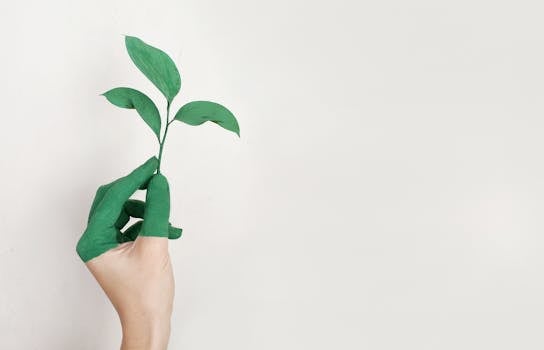Harnessing Creativity: Art Installations from Recycled Materials
In an era where environmental concerns are at the forefront of global discourse, artists are increasingly using their creativity to address ecological issues. One powerful way to convey these messages is through art installations made from recycled materials. These installations not only highlight the importance of sustainability but also inspire audiences to rethink their relationship with waste and the environment.
The Importance of Recycling in Art
Recycling is a critical component of waste management and environmental conservation. According to the Environmental Protection Agency (EPA), recycling and composting prevented the release of approximately 186 million metric tons of carbon dioxide equivalent into the air in 2018. By using recycled materials in art, artists can:
- Reduce waste and promote sustainability.
- Encourage viewers to consider their consumption habits.
- Transform discarded items into thought-provoking pieces that challenge societal norms.
Art installations made from recycled materials serve as a visual representation of the potential for transformation and renewal, urging audiences to reflect on their impact on the planet.
Case Studies: Inspiring Examples of Recycled Art Installations
Several artists have successfully created impactful installations using recycled materials, each sending a strong ecological message. Here are a few notable examples:
1. Chris Jordan’s “Midway: Message from the Gyre”
Chris Jordan’s photographic series “Midway: Message from the Gyre” captures the devastating impact of plastic pollution on wildlife. The series features images of albatross chicks on Midway Atoll, whose stomachs are filled with plastic debris. Jordan’s work highlights the consequences of consumerism and the urgent need for change.
2. El Anatsui’s “Earth’s Skin”
Ghanaian artist El Anatsui creates large-scale installations using discarded bottle caps and aluminum materials. His piece “Earth’s Skin” is a stunning tapestry that reflects the beauty of transformation while addressing issues of waste and consumption. Anatsui’s work encourages viewers to appreciate the artistry in what is often considered trash.
3. Angela Haseltine Pozzi’s “Washed Ashore”
Angela Haseltine Pozzi founded the non-profit organization Washed Ashore, which creates large sculptures from marine debris. These installations, such as the “Giant Jellyfish,” are not only visually striking but also serve as a call to action against ocean pollution. Pozzi’s work emphasizes the importance of protecting marine ecosystems and raises awareness about the impact of plastic waste.
Creating Your Own Recycled Art Installation
Creating an art installation from recycled materials can be a rewarding and impactful project. Here are some steps to guide you through the process:
- Identify Your Message: Determine the ecological issue you want to address, such as plastic pollution, deforestation, or climate change.
- Gather Materials: Collect discarded items from your home, local businesses, or community clean-up events. Common materials include plastic bottles, metal scraps, cardboard, and fabric.
- Design Your Installation: Sketch your ideas and plan how the materials will come together. Consider the size, shape, and location of your installation.
- Construct the Piece: Use tools and techniques that suit your materials, such as glue, wire, or sewing. Ensure that your installation is safe and stable.
- Engage Your Audience: Once your installation is complete, invite viewers to interact with it. Provide information about the materials used and the ecological message behind the piece.
Conclusion: The Power of Art in Environmental Advocacy
Art installations made from recycled materials serve as a powerful medium for environmental advocacy. By transforming waste into thought-provoking art, artists can inspire change and encourage audiences to reconsider their consumption habits. The examples of Chris Jordan, El Anatsui, and Angela Haseltine Pozzi illustrate the profound impact that recycled art can have on public awareness and engagement with ecological issues.
As individuals, we can harness our creativity to create our own installations, sending a strong ecological message to our communities. By doing so, we not only contribute to the conversation around sustainability but also inspire others to take action in their own lives. In a world facing significant environmental challenges, art can be a catalyst for change, reminding us that every piece of waste has the potential to become something beautiful and meaningful.
